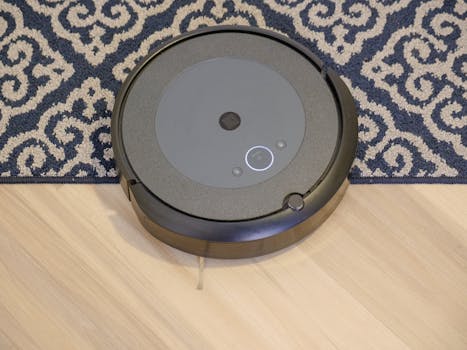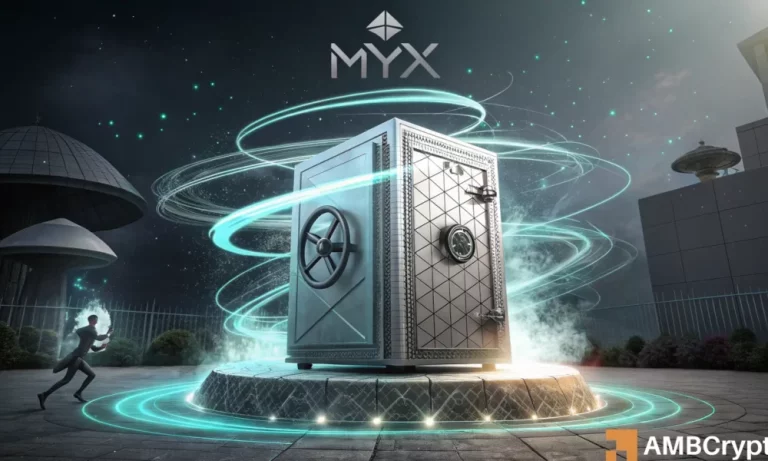
Smart Homes and Smart Living: The Technological Transformation of European Homes by 2025
Smart Homes and Smart Living is revolutionizing the way we live in our homes. The European home is undergoing a significant transformation, driven by advancements in technology and the increasing demand for smart living. By 2025, European homes are expected to be fully integrated with smart technologies, providing residents with unparalleled convenience, efficiency, and sustainability.
Introduction to Smart Homes
A smart home is a residence that has been equipped with advanced technologies to provide a high level of convenience, efficiency, and sustainability. These technologies include home automation systems, energy management systems, and security systems, among others. The goal of a smart home is to create a living environment that is comfortable, safe, and sustainable, while also providing residents with the ability to control and monitor their home remotely.
Technological Transformation of European Homes
The technological transformation of European homes is being driven by several factors, including the increasing demand for smart living, the need for energy efficiency, and the growing concern about climate change. By 2025, it is expected that the majority of European homes will be equipped with smart technologies, including home automation systems, energy management systems, and security systems.
Benefits of Smart Homes
Smart homes offer a wide range of benefits, including increased convenience, improved efficiency, and enhanced sustainability. With a smart home, residents can control and monitor their home remotely, using their smartphones or tablets. This means that they can turn on the lights, adjust the temperature, and even lock the doors, all from the comfort of their own homes.
Challenges Facing the Adoption of Smart Homes
Despite the many benefits of smart homes, there are several challenges facing the adoption of this technology. One of the main challenges is the high cost of installing smart home systems, which can be prohibitively expensive for many homeowners. Another challenge is the lack of standardization in the industry, which can make it difficult for homeowners to find compatible devices and systems.
Conclusion
In conclusion, the technological transformation of European homes is well underway, driven by the increasing demand for smart living and the need for energy efficiency. By 2025, it is expected that the majority of European homes will be equipped with smart technologies, providing residents with unparalleled convenience, efficiency, and sustainability. While there are several challenges facing the adoption of smart homes, the benefits of this technology make it an exciting and promising development for the future of European homes.





